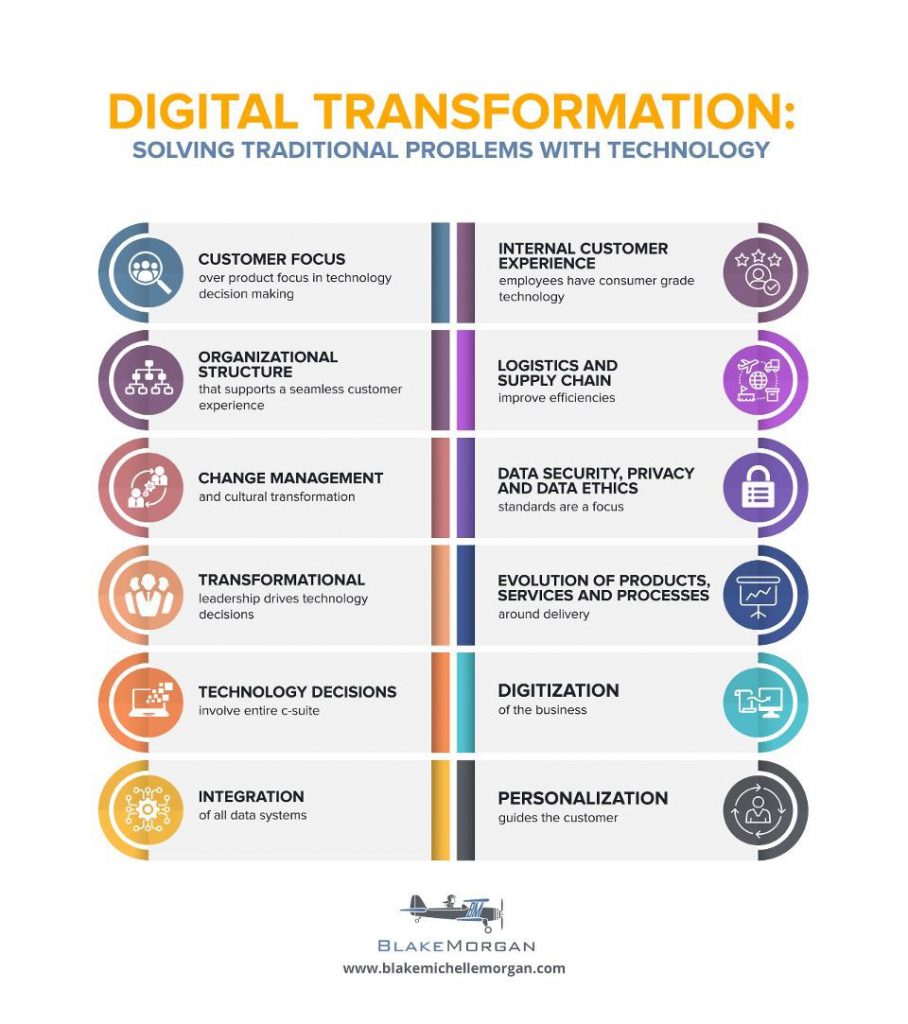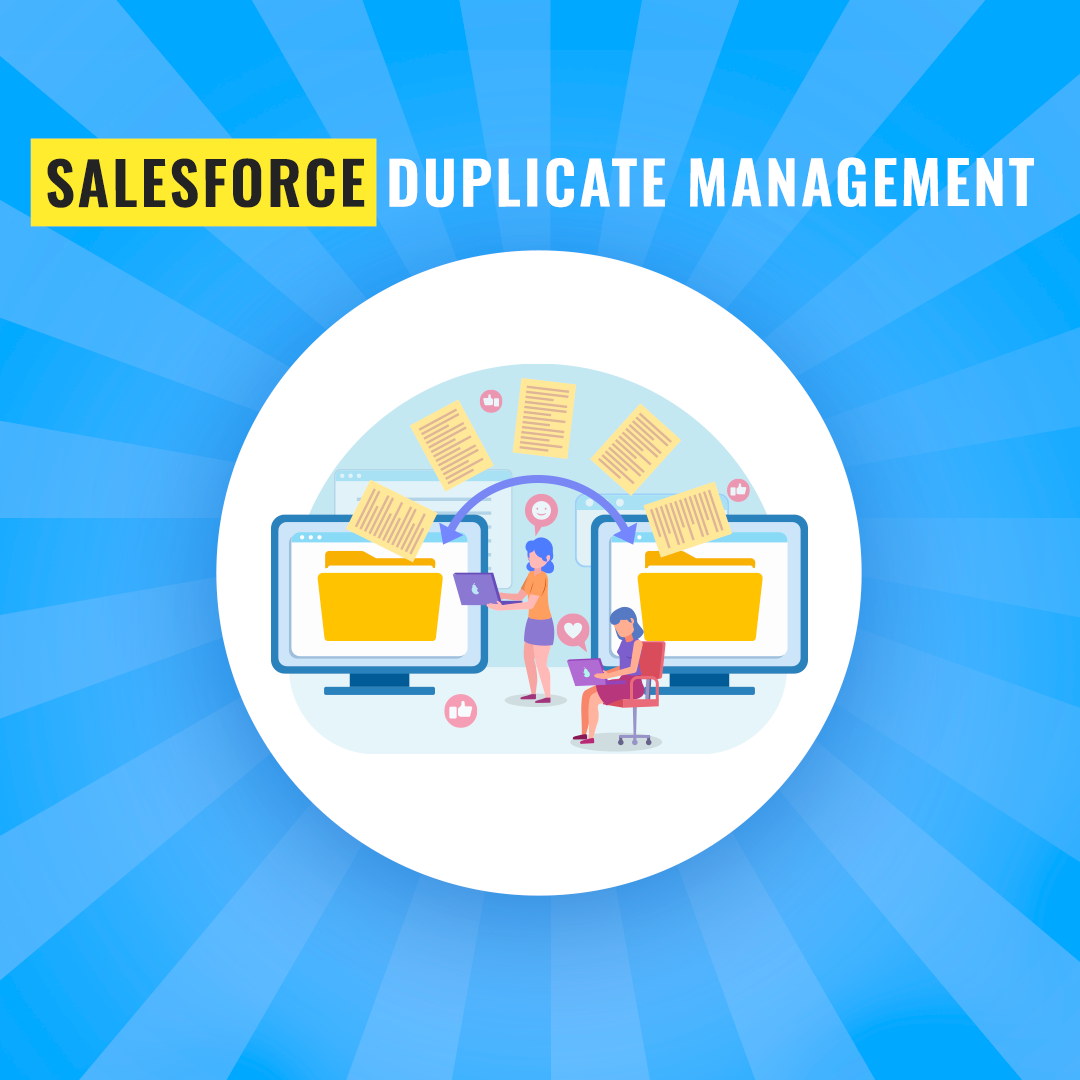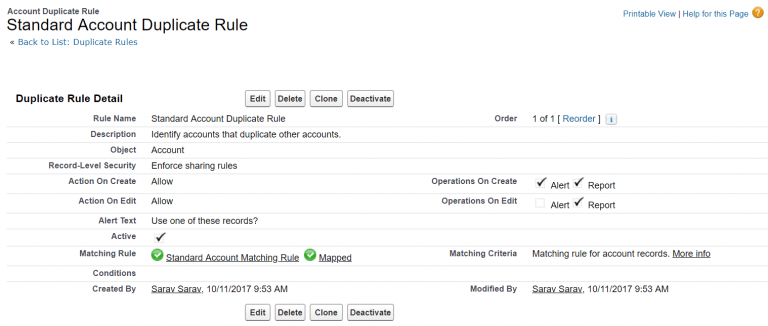Let’s begin this blog with a true story about my next author, in his own words below.
“I (Vernon) remember when I met my would-be-in-laws to ask their daughters hand in marriage. The first question my mother in law asked was about my academic qualification. When I told her about my profession, she said and I quote “you don’t have a degree”. I responded by saying that I earn so much and she never believed I could earn that much without a degree. Being from a town which had so many Seafarers, she did not know anything about my profession. Till date, I make fun of her for that.”
This story is special, because it breaks so many stereotypes. Doctors and Engineers were the norm in the 1990s, especially in the Indian societies. And here was Vernon telling a story about a completely different profession to his mother in law. More importantly, he was explaining himself to his mother in law which doesn’t happen often in a patriarchal society of the 90s – must admit things have changed since though.
Anyway, without further ado – let me introduce you to Capt. Vernon Fernando – Master Mariner – Seaman, and below is his blog for this week, and the picture was taken by him too 🙂
Remember, this is a 3 part blog series, you can find the introduction here.
I (Vernon) knew what I wanted to do with my life at an early age of 15. When I was in class 10, I started to make slow strides towards that goal. For an average student like me competing with peers who had completely different goals was tough many a times, but my resolve was strong. You can imagine I was the only one in my class of 50 who wanted to be a Seafarer. Most of my friends were learning hard to get into mainstream professions like engineering and medicine.
Fast forward to now – If I look at the present situation, India is ranked 5th in providing sailors of various ranks to the Maritime fraternity. I can say with utmost sincerity that Indian Sailors are considered to be among the best out there. The sad part is that Merchant Navy as a career is largely misunderstood among most of the Indians even now, who are also not aware of the strong heritage India has towards it. That didn’t deter me then, and it doesn’t deter me now.
My short sailing career has spanned across two decades, and even after these years this career never fails to amaze me every single day. I can proudly say that I have reached the top of the pyramid on a ship, since my humble beginnings two decades ago. I totally agree that it is not everyone’s cup of tea, but it was my passion.Like any other profession , hard work and dedication are required. But, this is a big BUT, the challenges faced are next to none.
Uncertainties play a major part. I sometimes even think that the Murphy’s law was made by a sailor, because it explains in a simple way of what can happen on a ship on an hourly basis. As an example, one of my team members broke his ulna when we were 10 hours from the nearest land. I was the medical officer the, and gave him a painkiller injection and dressed his wound. The captain had to take a decision to divert the ship to the nearest land. These kind of uncertainties are a regular thing on the ship, and we get used to responding to it.
For anyone reading this blog, I would strongly recommend to devise your own ways to tackle uncertainties. There is no one answer to tackle uncertainty, but you need to learn from experience, listen carefully and figure it out yourself on what suits you. Once you have done that, learn to be persistent and get on with your life.
There are other aspects in my seafarer life which gives me immense pleasure and often a lot of time to introspect. Standing on the bridge wings and staring into the open endless sea, gives you a perspective of life, about how tiny you are – sailing through this blue monster. A gaze into a starry night can take away all your worries at that moment. Sea also teaches you one of life’s most important lesson. Take nothing for granted.
It’s more profound in this COVID crisis situation.The tiny moments in our lives which we often take for granted, must be lived and enjoyed. Spend quality time with your family and friends, cherish even the small things which life has given you, because nothing is small or immaterial. This becomes evident and crystal clear, when you are at sea and surrounded by the vast and endless blueness. And this is my other biggest learning and I apply it every day in my life.
I will end my blog with some words from the chief guest of my passing out ceremony told – something which I still remember and cherish. He said, “Son – if someone asks you about what you do, you tell them –
I am a Part Navigator, an Astronomer, an Engineer, a Trained Medicare provider, a Naval Architect, a Meteorologist, a Fire Fighter, a Rescuer, a Heavy Machinery Operator and not but least,
I AM A SEAMAN…I AM VERNON FERNANDO!












